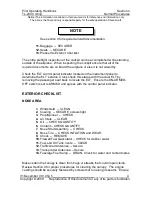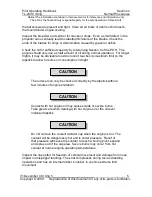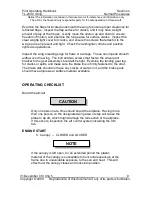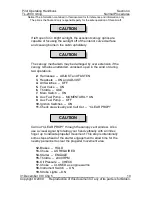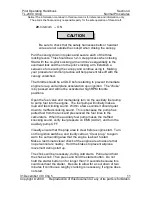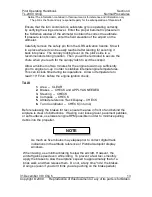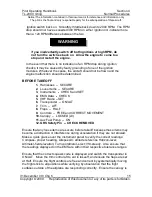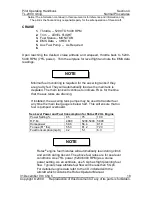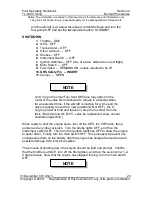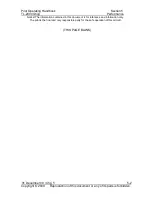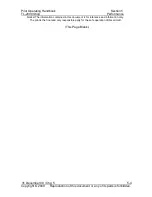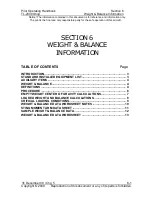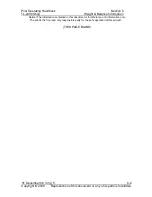
Pilot Operating Handbook
Section 4
TL-2000
Sting
Normal Procedures
Notice! The information contained in this document is for reference and information only.
The pilot is the final and only responsible party for the safe operation of this aircraft.
31 December 09 / Chg 5_____________________________________________16
Copyright © 2009 Reproduction of this document or any of its parts is forbidden.
secured and locked in all three locations, and
make certain the GRS safety pin
has been removed and stowed on the pilot side canopy lever.
TAKEOFF
1.
Flaps -- CHECK (HALF)
2.
Throttle -- FULL
3.
Rotate -- 45 KIAS
4.
Throttle -- MONITOR (5800 RPM maximum)
5.
Climb -- 75 KIAS
6.
Flaps -- RETRACT SMOOTHLY AT 500 AGL
When aligned with the runway heading and cleared for takeoff, smoothly apply
full throttle and make a quick observation of the EMS system to ensure the alert
light has not illuminated. Abort the takeoff if the engine shows any sign of a
malfunction or does not perform as expected.
Monitor engine temperatures during ground operation. Vapor lock
may occur if high cylinder head temperatures are encountered
during extended taxi or ground operations. Auto fuel can vapor lock
at high engine temperatures and cause the engine to fail on full
throttle application. Watch for erratic rpm or rough operation when
increasing the throttle.
Auto fuel vapor lock is the result of seasonal or regional formula
changes in auto fuel manufacturing. If the engine stops due to
vapor lock, allow time to cool before a restart. Immediate attempts
to start may not be possible until the fuel pressure and flow is
restored and engine temperatures decrease.
As the airspeed reaches 45 KIAS, apply a small amount of back pressure to the
flight stick. (Do not attempt to “pull” the airplane off the ground by over-rotating.)
The aircraft will rotate and depart the runway quickly. Monitor the throttle at
small angle propeller blade pitch settings to avoid over-speeding the engine
(5800 RPM), and establish a climb at 75 KIAS, do not exceed the flap speed
limits. When clear of obstructions or at least 500 Ft AGL, slowly retract the flaps.
CROSSWIND TAKEOFF
Set crosswind controls while on the runway. When taking off in a strong cross-
wind, it is still advisable to use Half flaps. Accelerate the airplane for takeoff as
normal. The rudder is primarily for direction control; however, use the ailerons to
assist in maintaining directional control by using full aileron deflection into the
crosswind. As the aircraft accelerates, apply less and less aileron deflection.
CAUTION



